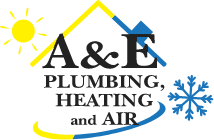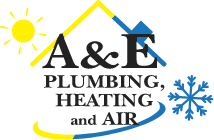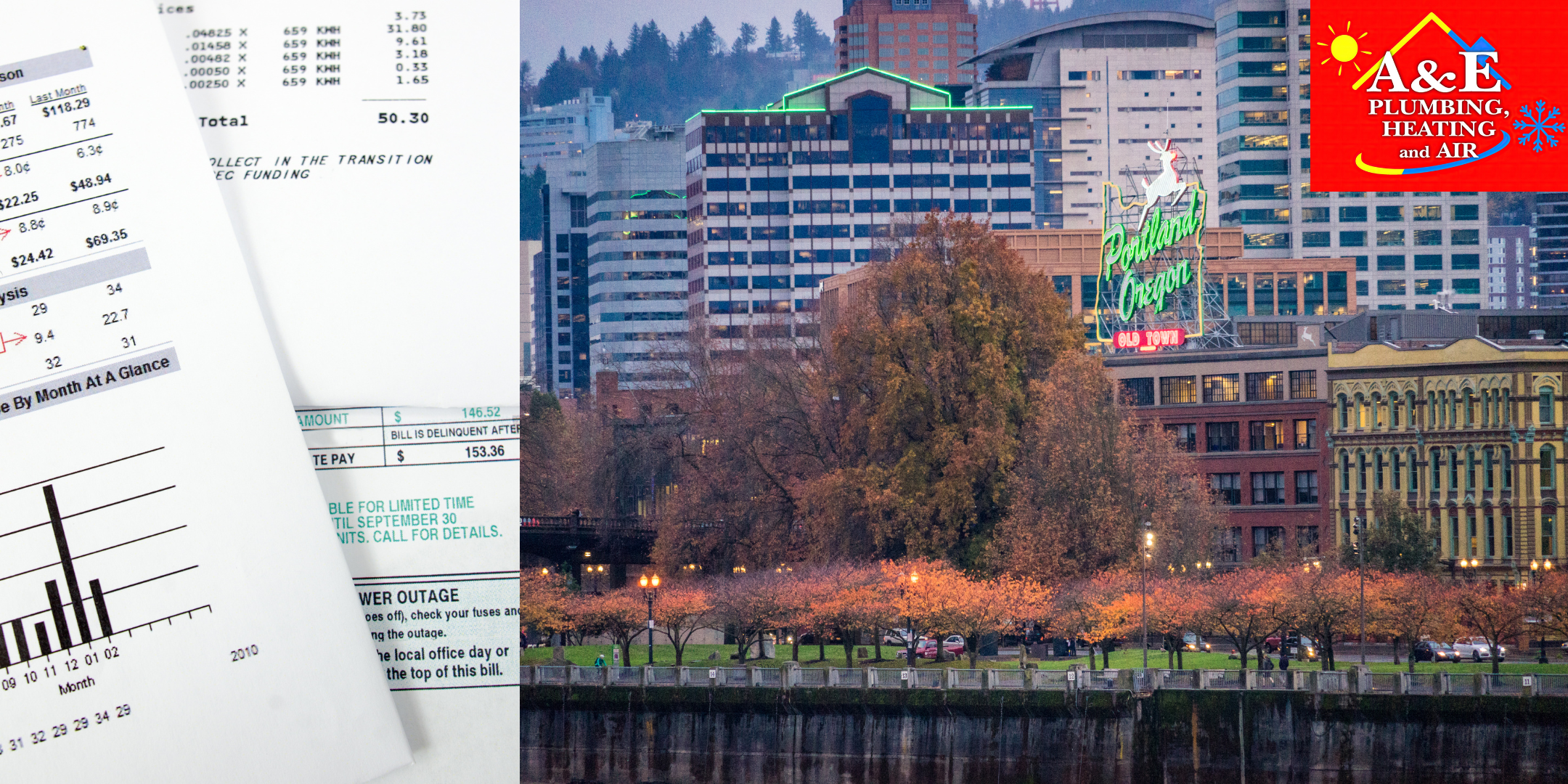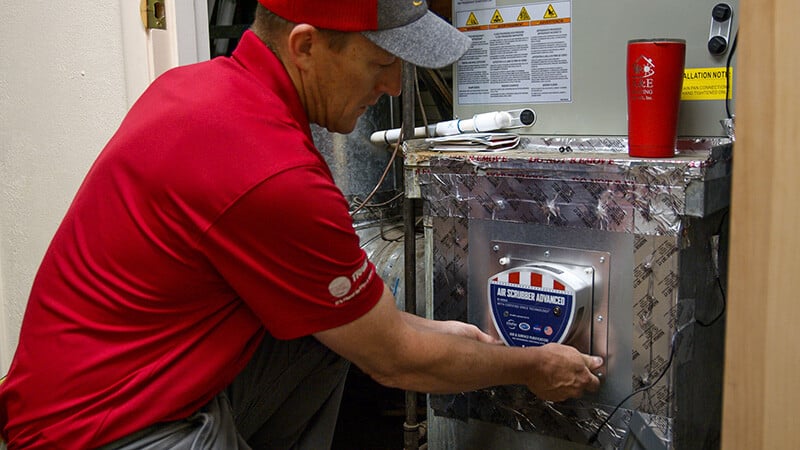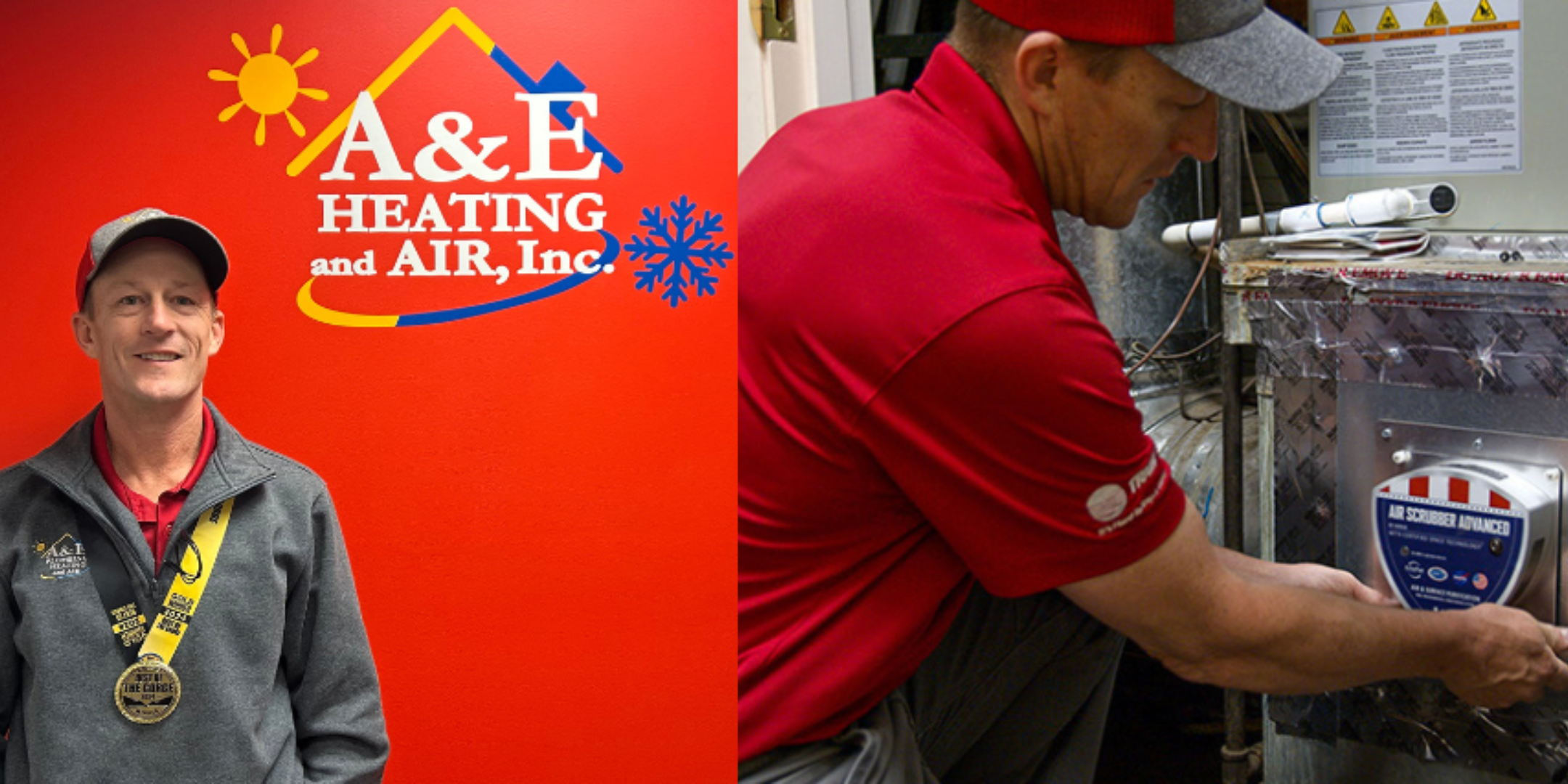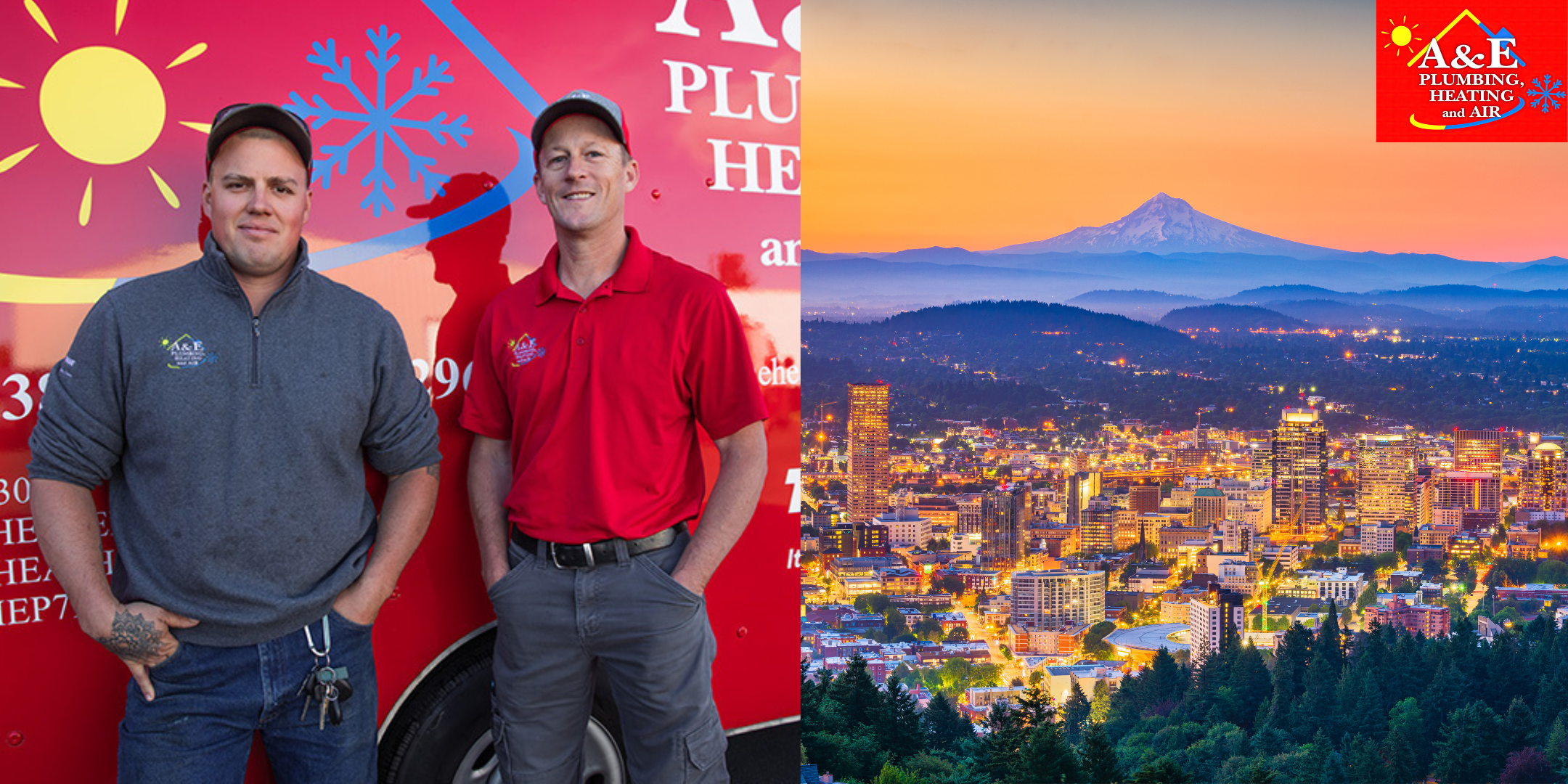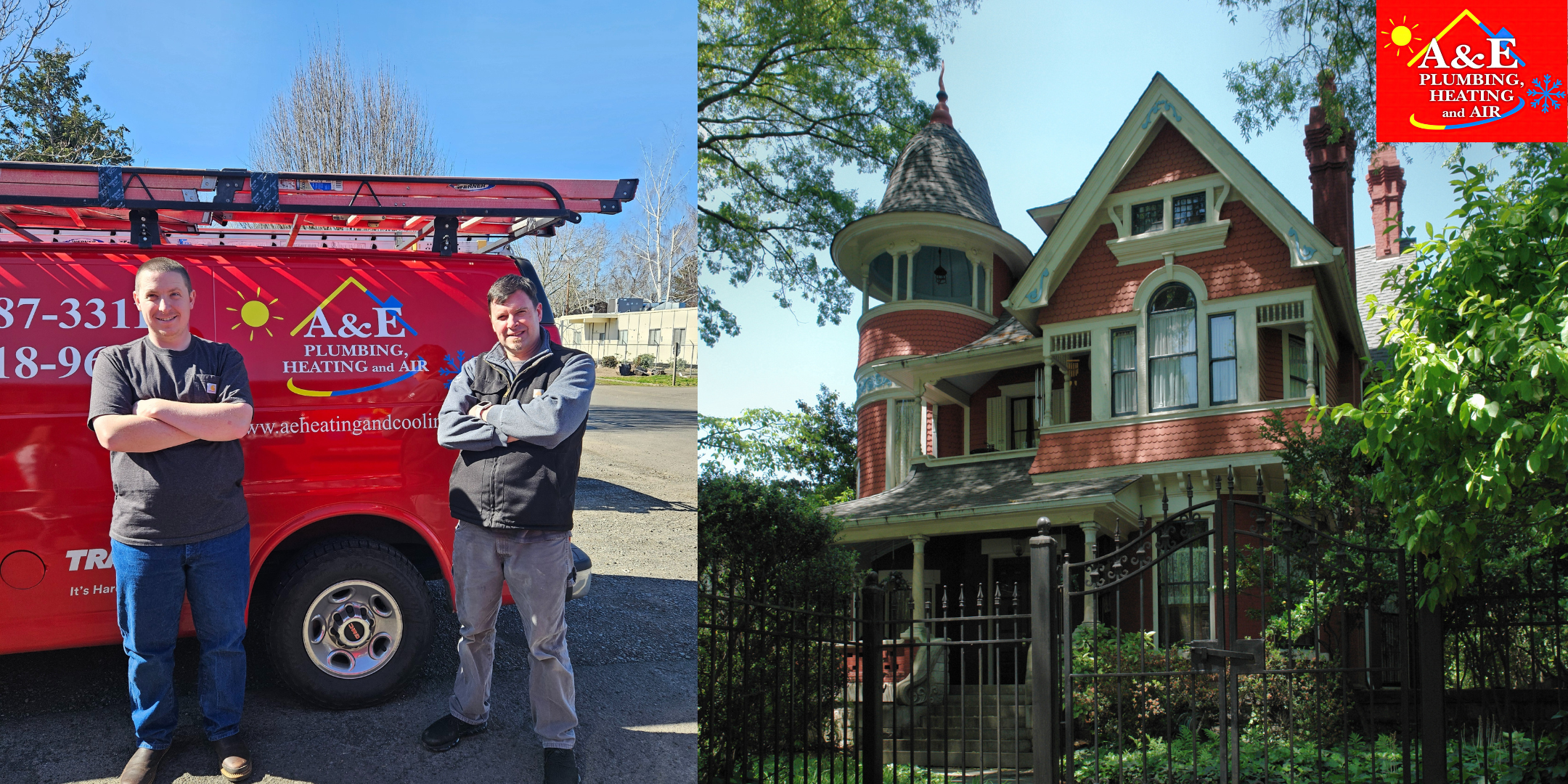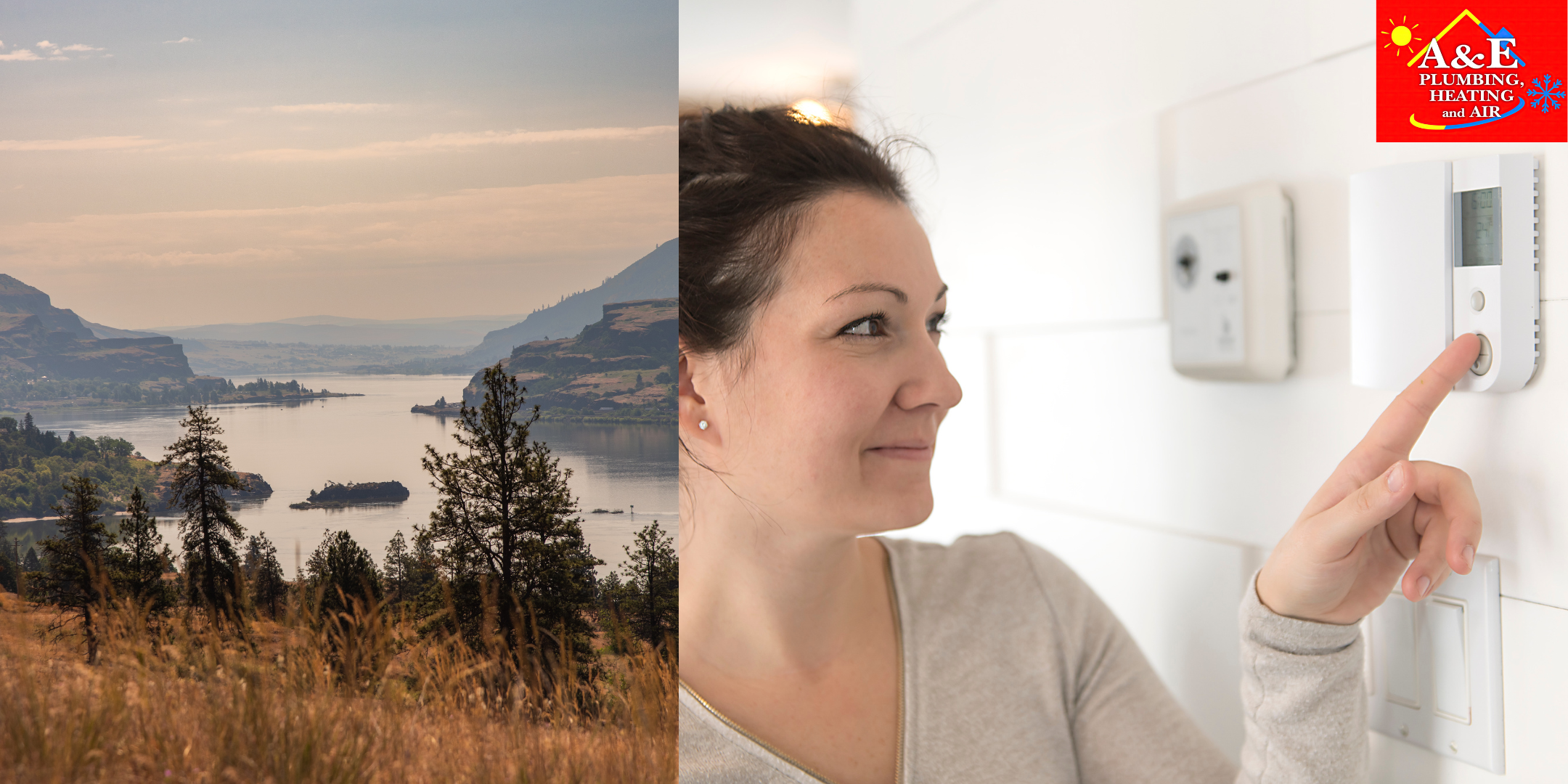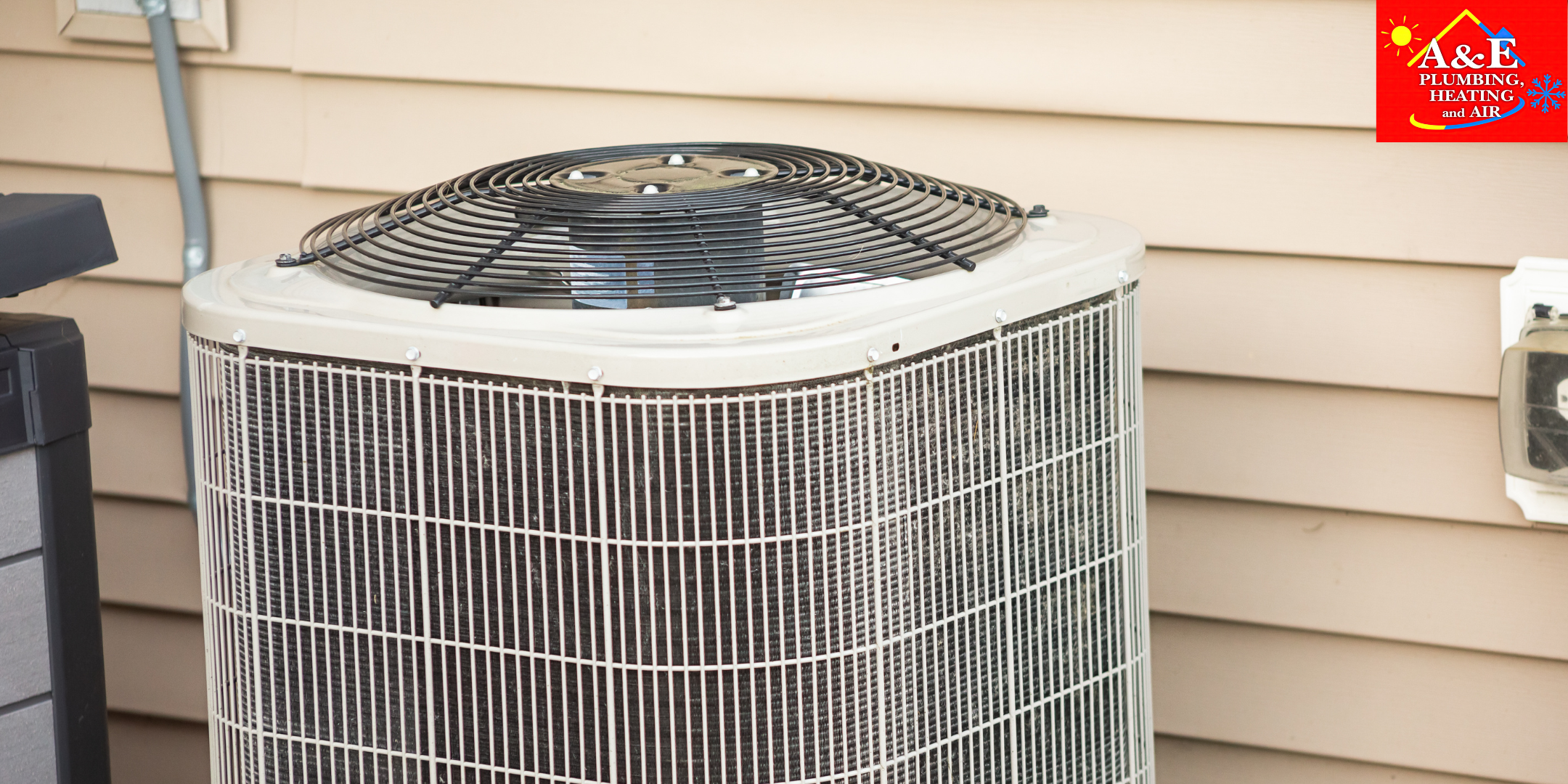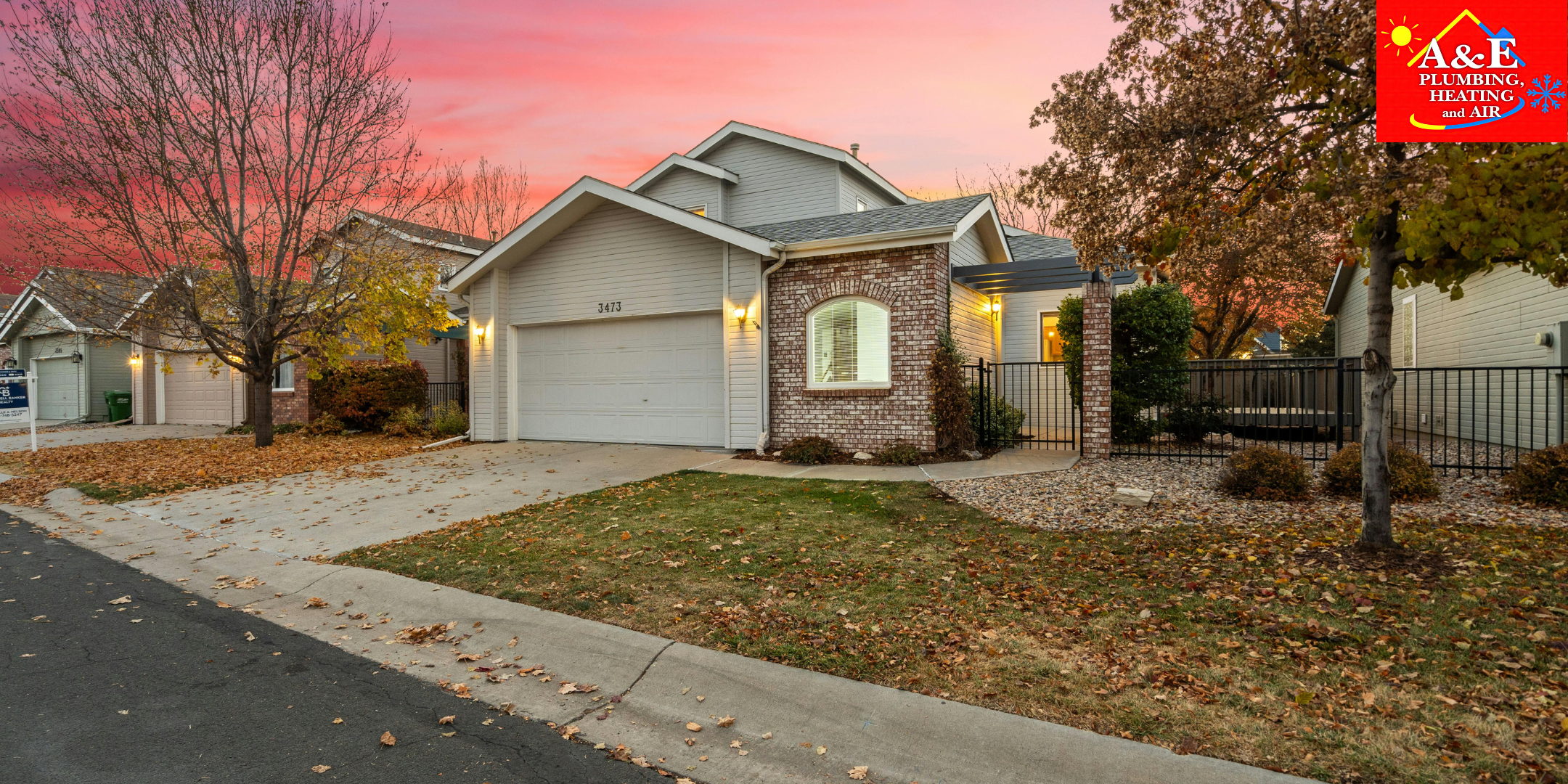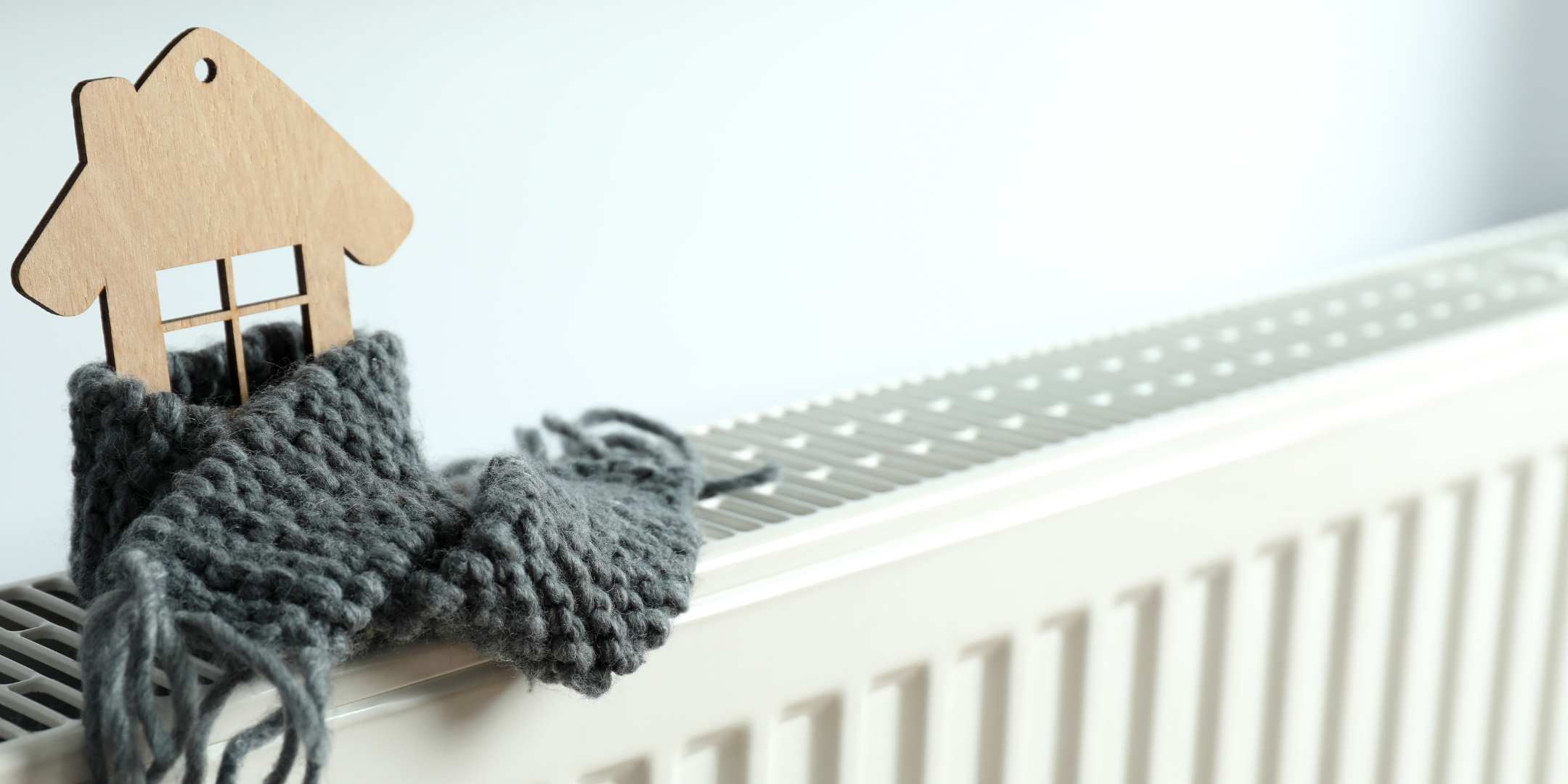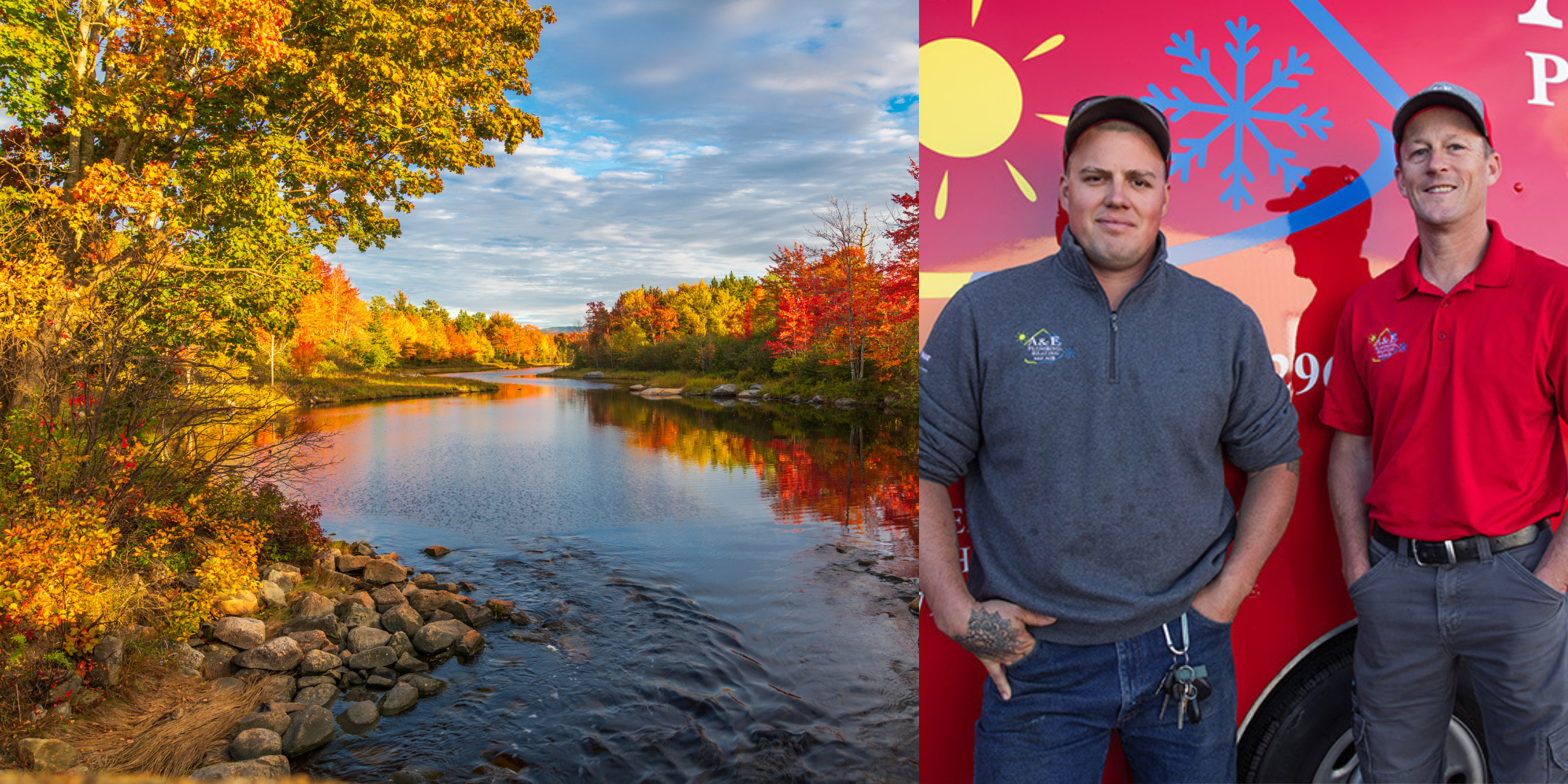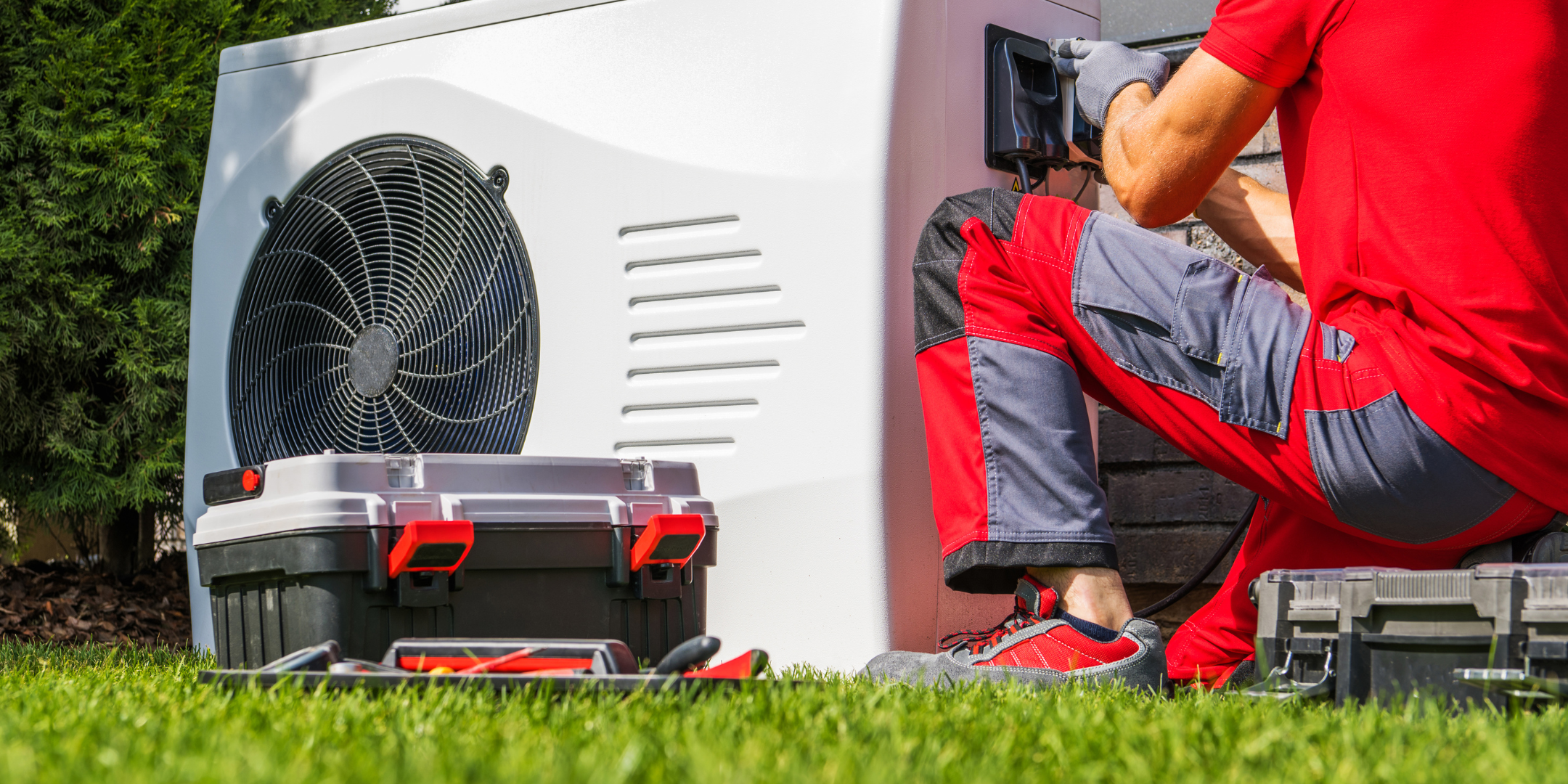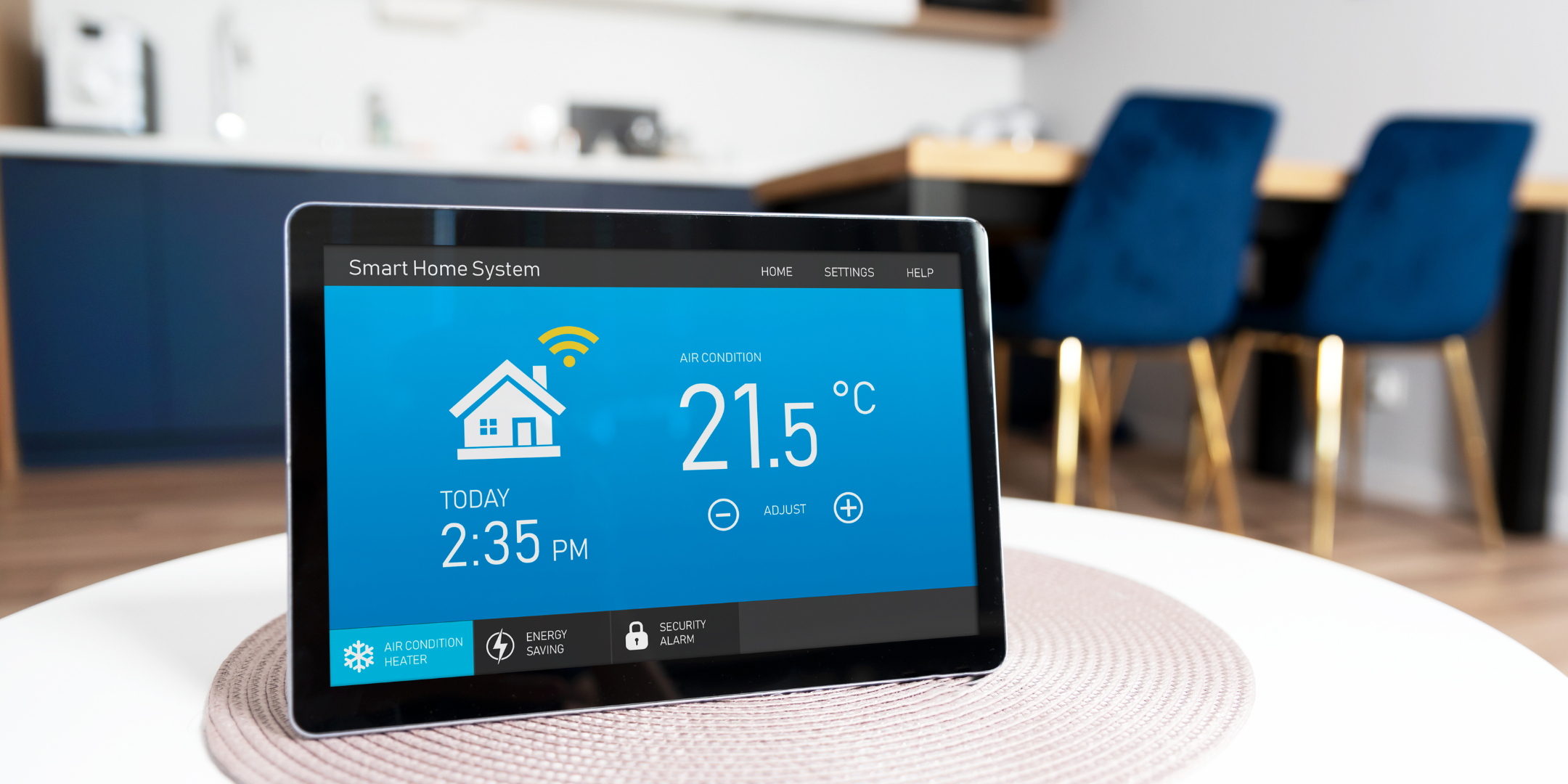The Pros and Cons of the Great NW Series Central Ducted System
October 21st, 2025
4 min read
By Daphne Hunt
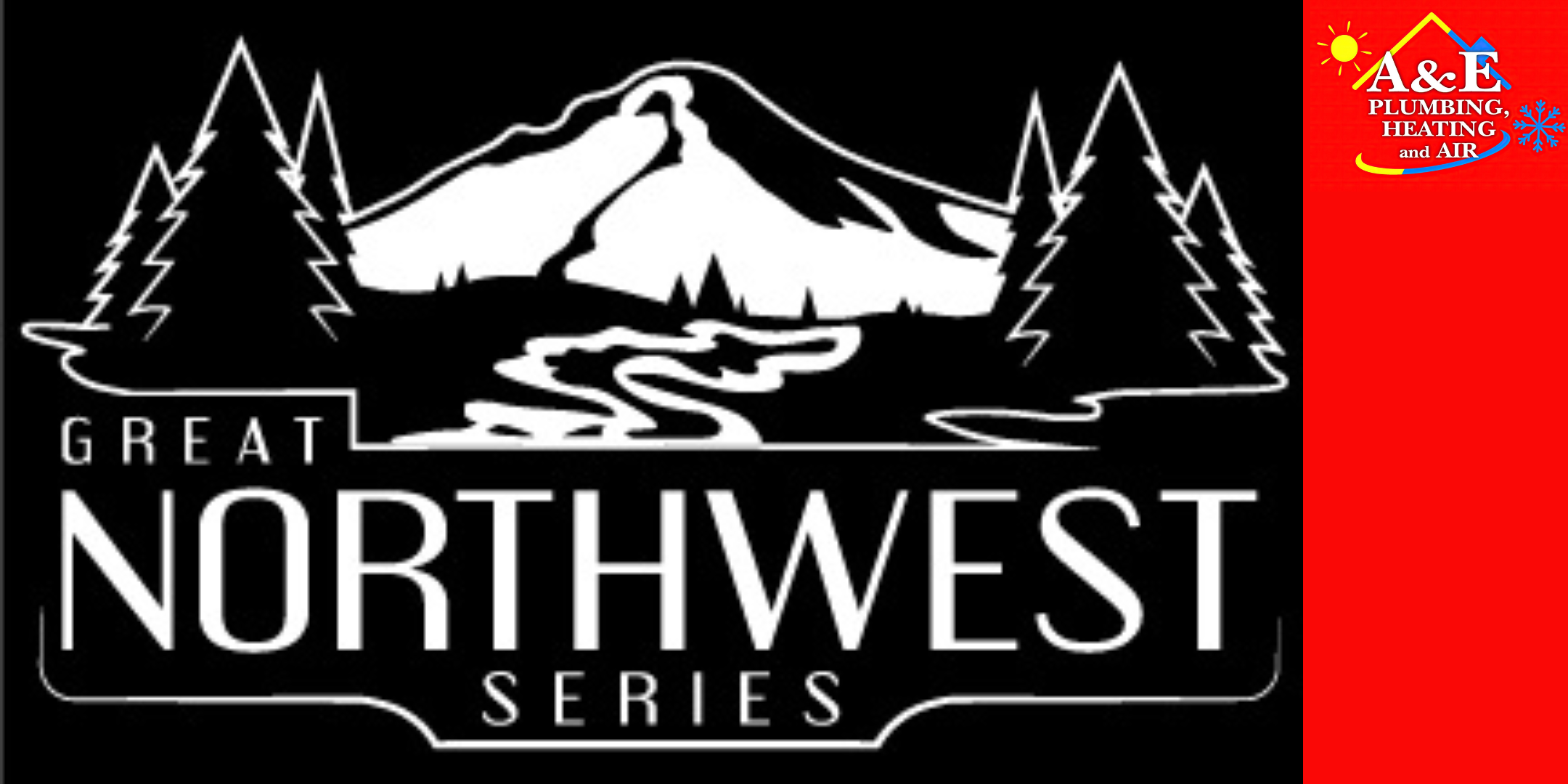
If you’ve ever started looking into heating upgrades and immediately closed your laptop because the options felt overwhelming — you’re not alone. Between the acronyms, rebates, and “new tech” promises, it can feel like HVAC decisions belong on a quiz show.
options felt overwhelming — you’re not alone. Between the acronyms, rebates, and “new tech” promises, it can feel like HVAC decisions belong on a quiz show.
But don’t worry — we’re breaking this one down simply.
By the end of this article, you’ll know exactly what makes the Great Northwest Series Central Ducted System stand out, where it might not fit every home, and how to tell if it’s the right upgrade for yours.
This insight comes from over 17 years of HVAC experience serving homes throughout Oregon and Washington — from The Dalles to Hood River, Gresham, and the Portland Metro. We’ve seen it all: the frozen heat pumps, the rattling furnaces, the “it worked great until January” stories.
So let’s talk about what this system actually does, in plain English.
Why the Great Northwest Series Exists
The Great Northwest Series was designed with one goal: to make all-electric comfort possible in homes that weren’t built for it.
If your current system is a gas furnace, you might assume “going electric” means rewiring your home, patching drywall, or replacing your electrical panel. That used to be true — but not anymore.
This system was built for real Pacific Northwest homes, where temperatures swing, wiring varies, and homeowners just want comfort that works without a renovation nightmare.
The Pros: Why Homeowners Love the Great NW Series
1. Real Heat in Real Cold Weather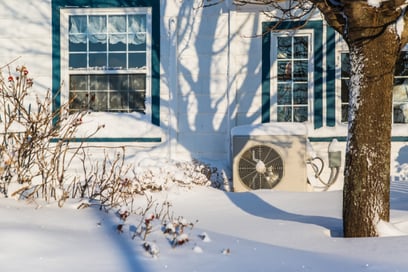
Let’s start with the question everyone asks: Can a heat pump actually keep you warm in winter?
For this one, yes. The Great Northwest Series keeps 100% heating capacity down to –13°F and continues operating down to –22°F. That means even when Gorge winds howl and ice clings to your mailbox, your system keeps running quietly in the background — no space heaters, no “bundle up” moments.
It’s the difference between hoping your system keeps up and knowing it will.
2. No Rewiring, No Panel Upgrades, No Stress
If you’ve ever had a contractor casually mention “electrical upgrades,” you know the anxiety that comes next.
This system was designed to avoid that headache altogether. It automatically adapts to either 115V or 230V power, meaning no rewiring, no new panel, and no surprise “electrical” line item added halfway through your quote.
It’s also built to fit in the same footprint as a traditional gas furnace. That means:
- No tearing out walls or ceilings
- No new ductwork
- No drywall dust in your living room
In most cases, it’s a one-day installation — the kind of project that starts and finishes before dinner.
3. Efficiency That Actually Saves You Money
Every HVAC company claims “high efficiency,” but what does that mean?
Here’s the short version: this system doesn’t turn on and off like an old-school furnace. Instead, it uses variable-speed inverter technology, which constantly adjusts to your home’s needs.
That results in:
- Lower energy bills all year long
- Quieter operation (goodbye, midnight furnace roar)
- Longer system life, since it’s not constantly cycling
And if you’re taking advantage of rebates and incentives, this system qualifies for some of the largest available — including up to $14,000 through the Inflation Reduction Act and up to $4,000 through Oregon’s Clean Heat Program.
4. Cleaner, Healthier Air
When most people think “heat pump,” they think temperature, not air quality. But the Great Northwest Series takes indoor air seriously.
Series takes indoor air seriously.
It supports 1”, 2”, and 4” MERV 13 filters, which capture fine dust, pet dander, pollen, and wildfire smoke particles that basic filters can’t touch.
3 reasons to choose active filtration:
- Keeps your air cleaner and your family breathing easier
- Reduces dust buildup on furniture and vents
- Helps the system run efficiently, even with thicker filters
And because the airflow is balanced automatically, your home maintains even comfort from the living room to the back bedroom — no more “cold corners” or “too-warm” rooms.
5. Designed for the Long Haul
You know what’s frustrating? Investing in a new system, only to learn it’s already being phased out.
That won’t happen here. The Great Northwest Series runs on R-454B refrigerant, a low-GWP formula that already meets upcoming 2030 standards for sustainability.
In other words, it’s built for the future — efficient now, compliant later, and not going anywhere anytime soon.
The Cons: What to Consider Before You Commit to the Great NW Series
1. The Upfront Cost
Let’s be honest: quality equipment isn’t cheap.
The Great Northwest Series includes premium components and long-term efficiency features, which means the upfront cost is higher than entry-level furnaces or basic heat pumps. But when it comes to home comfort, you get what you pay for: reliability, quiet performance, and fewer headaches down the road.
Most homeowners make up the difference through energy savings, rebates, and long-term dependability. And when you factor in its 10+ year design life, it’s easy to see that paying a little more upfront often means paying a lot less later.
If your current furnace is nearing the end of its life, take a close look at the long game. Comparing replacement costs side-by-side makes it clear: efficiency and peace of mind usually win.
2. It’s Not a DIY Project
The Great Northwest Series performs best when installed by a qualified HVAC professional.
Because of its advanced controls and adaptive compressor, installation precision matters — it’s not something for a weekend warrior.
If you’ve ever hired someone “because they were cheaper,” you already know why this matters. Poor installation can cancel out efficiency, shorten system life, and cause frustration later.
3. It Might Be More Power Than You Need
If you live in an area with mild winters — say, coastal Oregon or downtown Portland — you might not fully benefit from the cold-climate engineering.
This system shines in areas where winter lows drop into the 20s or below, like Hood River, The Dalles, or Trout Lake. For moderate climates, a smaller-capacity system may deliver similar comfort at a lower price.
What Makes the Great Northwest Series a Smart Home Upgrade
When you first started reading, you might’ve pictured a furnace replacement as a long, dusty, expensive ordeal — one that required tearing out half your house and upgrading everything electrical.
ordeal — one that required tearing out half your house and upgrading everything electrical.
Now, you know that it doesn’t have to be that way. The Great Northwest Series brings real comfort to real homes, balancing power, efficiency, and practicality for the Northwest lifestyle. It works with the wiring you already have, keeps heating strong when it’s below freezing, and helps you breathe easier all year long.
When you’re ready to explore what a one-day, no-rewire upgrade looks like, schedule a service to start your path toward year-round comfort that simply works.
Because comfort shouldn’t come with complications — just consistency, reliability, and peace of mind.
Daphne Hunt holds a bachelor's degree in English and Mass Communication and has a lifelong passion for writing. She thrives on using her skills to craft compelling pieces that inform, inspire, and connect with readers.
